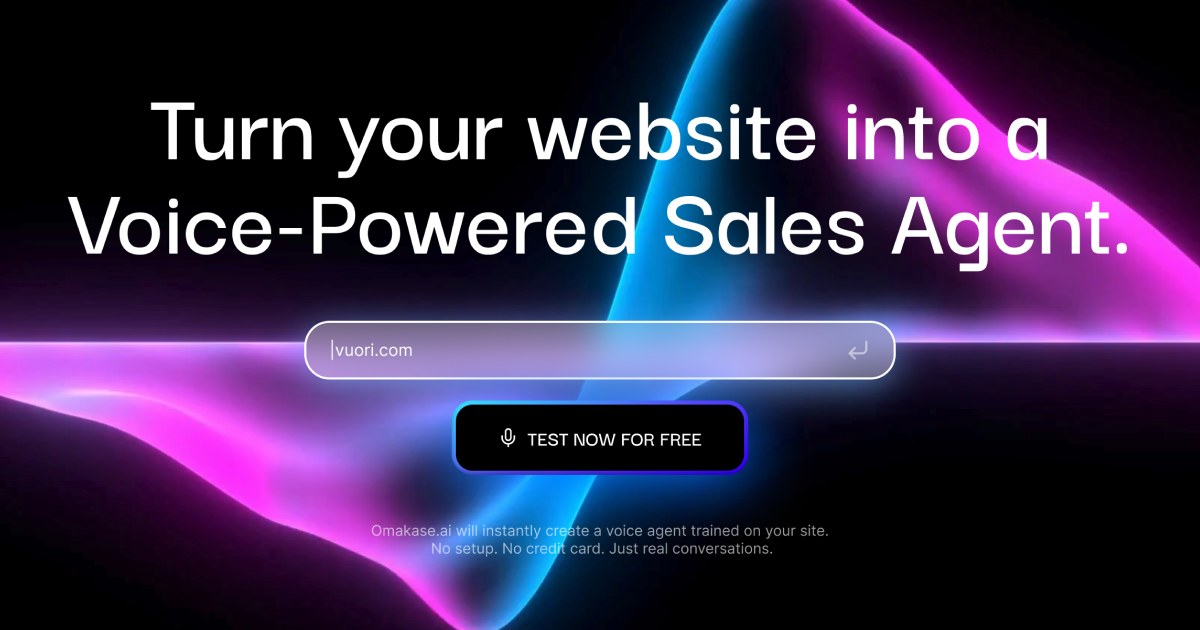Data has become the backbone of any effective marketing strategy.
Businesses rely on various types of data to understand their customers, personalize their marketing efforts, and drive sales.
Among the different categories of data, zero-party data and third-party data stand out for their distinct characteristics and implications.
Understanding the key differences between these two types of data is crucial for any business looking to enhance its marketing strategy in today’s privacy-conscious world.
What is Zero-Party Data?
Zero-party data is information that a customer intentionally and proactively shares with a brand. This data is typically gathered through direct interactions with customers, such as:
- Surveys: Where customers provide feedback or preferences.
- Quizzes: Where customers share information in exchange for personalized recommendations.
- Preference Centers: Where customers indicate their communication and content preferences.
- Loyalty Programs: Where customers voluntarily share their purchase intentions or product preferences.
What makes zero-party data unique is that it is explicitly provided by the customer with full awareness and consent. This data is highly accurate and relevant because it reflects the customer’s own inputs, leading to more personalized and targeted marketing efforts.
What is Third-Party Data?
Third-party data, on the other hand, is collected by entities that do not have a direct relationship with the customer. This data is typically aggregated from a variety of sources, including:
- Data Brokers: Companies that collect information from multiple websites and sell it to businesses.
- Advertising Networks: Platforms that track user behavior across different websites to build detailed profiles.
- Social Media Platforms: Where user data is collected and sold to advertisers to create targeted campaigns.
Third-party data is often used to target new audiences, optimize ad spend, and create lookalike audiences. However, the accuracy of this data can vary, and customers are often unaware that their information is being collected and used in this way.
Key Differences Between Zero-Party Data and Third-Party Data
Understanding the differences between zero-party data and third-party data can help businesses make more informed decisions about their data strategies.
-
Source of Data
- Zero-Party Data: Collected directly from the customer with their explicit consent. The customer voluntarily provides this information, making it highly reliable and relevant.
- Third-Party Data: Collected from external sources, often without the direct knowledge or consent of the customer. This data is aggregated from various platforms and can sometimes be less accurate.
-
Accuracy and Relevance
- Zero-Party Data: Highly accurate and relevant because it is based on customer-provided information. This leads to more effective personalization and marketing strategies.
- Third-Party Data: May lack accuracy because it is inferred from customer behavior rather than directly provided by the customer. The relevance of this data can also be questionable due to the broad and sometimes outdated nature of the information.
-
Customer Trust
- Zero-Party Data: Builds trust with customers since they are in control of the information they share. Customers are more likely to trust a brand that transparently collects and uses their data.
- Third-Party Data: Can erode trust if customers feel their privacy is being violated. The lack of transparency in how third-party data is collected and used can lead to distrust and negative perceptions of a brand.
-
Compliance with Privacy Regulations
- Zero-Party Data: Easier to comply with data privacy regulations like GDPR and CCPA since the data is collected with explicit customer consent. Businesses can avoid legal pitfalls by focusing on zero-party data.
- Third-Party Data: More challenging to ensure compliance due to the lack of transparency in how the data is collected. Regulatory scrutiny on third-party data usage is increasing, making it a riskier option for businesses.
-
Cost
- Zero-Party Data: Typically less expensive in the long run since it is collected directly from customers. While there may be initial costs to set up systems for collecting zero-party data, the long-term benefits and savings are significant.
- Third-Party Data: Can be costly as businesses often need to purchase this data from data brokers or third-party providers. Additionally, the return on investment may be lower due to the potential inaccuracies and compliance risks associated with third-party data.
-
Personalization
- Zero-Party Data: Enables deep personalization, as the data is specific to each individual customer’s preferences and needs. This allows brands to deliver highly targeted and relevant content.
- Third-Party Data: Less effective for personalization since it is often broad and generic. The data might help in identifying general trends, but it lacks the precision needed for personalized marketing.
The Shift Toward Zero-Party Data
As consumers become more aware of their digital footprint and demand greater control over their personal information, the shift towards zero-party data is gaining momentum. Businesses are recognizing the value of building trust and transparency with their customers by collecting data that is willingly shared. Not only does this approach foster stronger customer relationships, but it also ensures that businesses remain compliant with increasingly stringent data privacy regulations.
The era of relying heavily on third-party data is fading, and businesses that fail to adapt may find themselves at a disadvantage. By focusing on zero-party data, brands can create more meaningful connections with their customers, resulting in higher engagement, loyalty, and ultimately, better business outcomes.
Key Takeaways
Zero-party data and third-party data represent two very different approaches to data collection and usage. While third-party data has been a staple of digital marketing for years, its limitations and risks are becoming more apparent. In contrast, zero-party data offers a more reliable, accurate, and compliant way to understand and engage with customers.
As the digital space continues to evolve, businesses that prioritize zero-party data will be better positioned to meet the demands of today’s privacy-conscious consumers, delivering personalized experiences that build trust and drive success.











